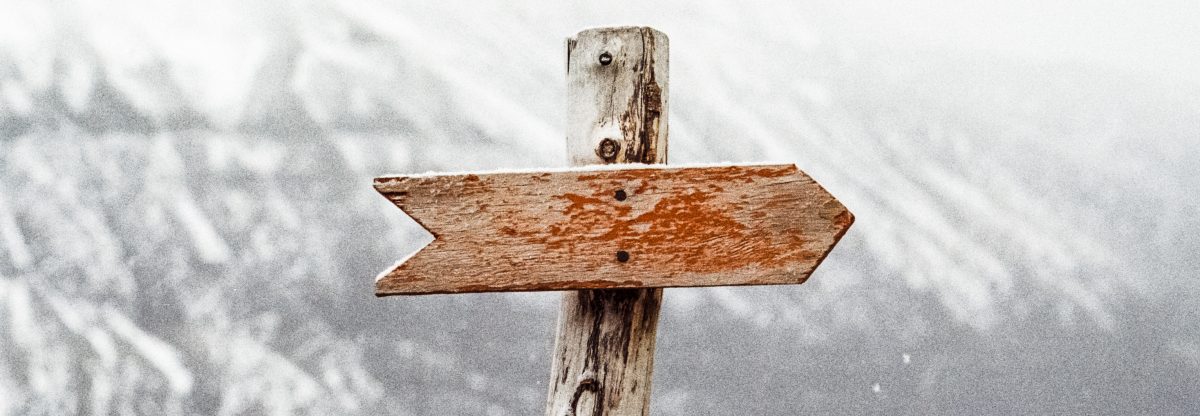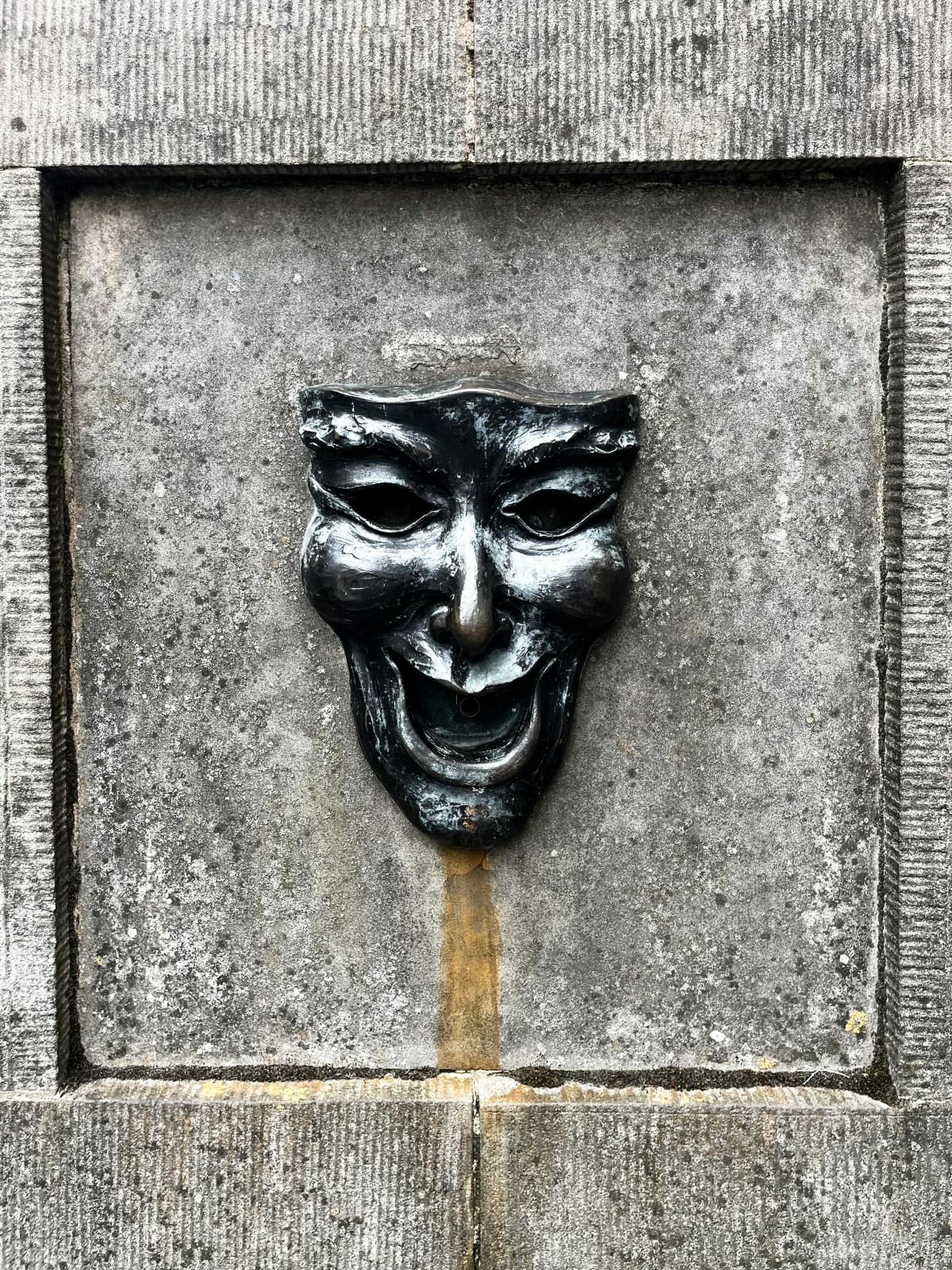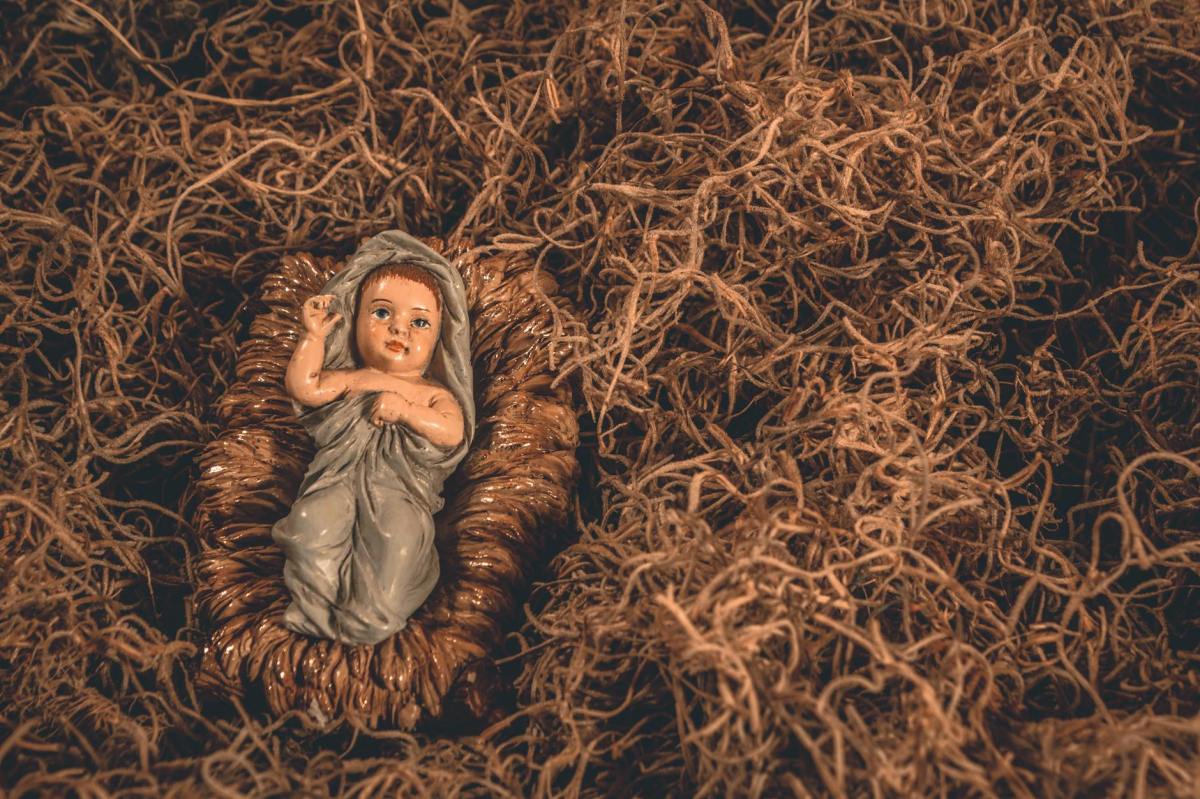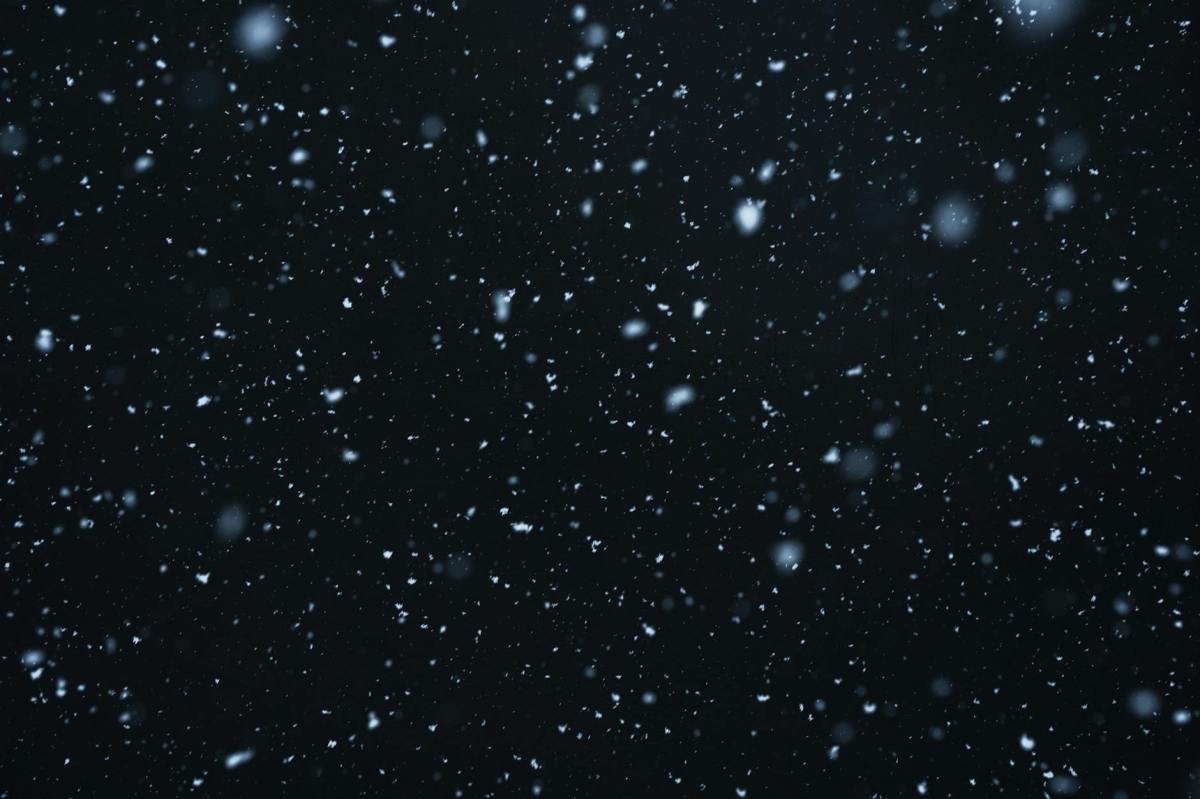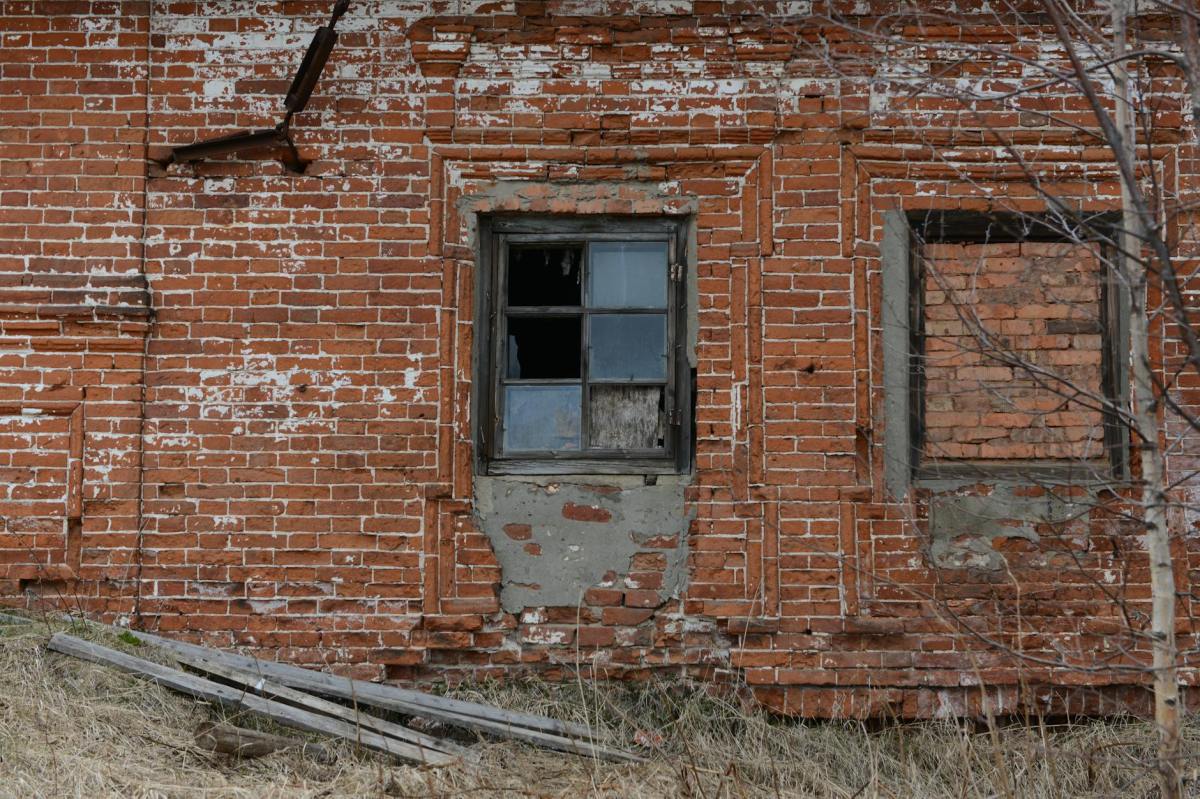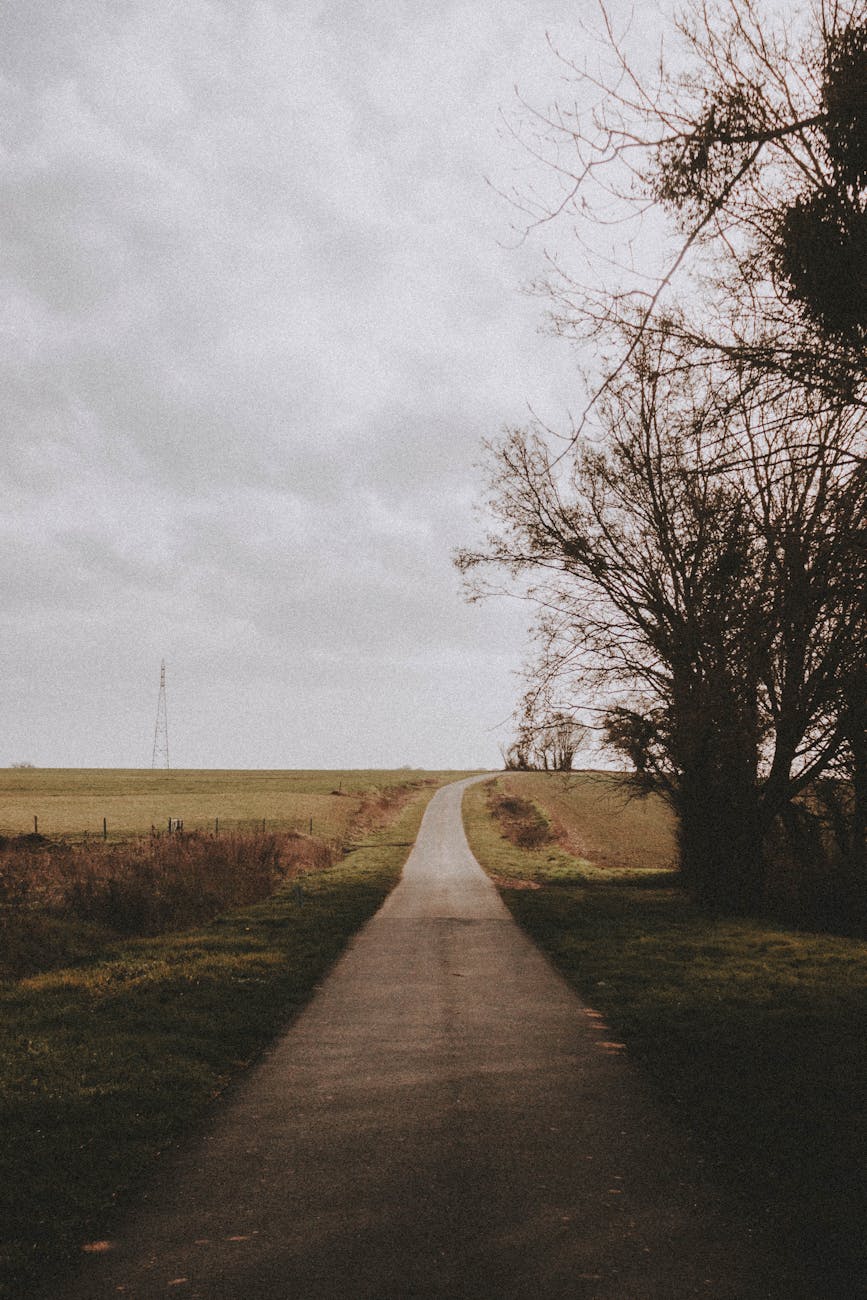I preached this sermon on Sunday, January 4, 2026 at St. Anne Episcopal Church, West Chester, OH. The lectionary text cited is Matthew 2:13-15, 19-23, the flight of the Holy Family into Egypt.
I was really into theater as a kid, so one of the best Christmas gifts I ever received was a big kit of stage makeup when I was 10 or 11 years old. I was blessed with parents who supported my love for all of this, even if it made me a little bit different from other boys my age.
But my mom was all in, and so she got this big blue plastic case and filled it with the various things actors wear on stage, and on the top of it she glued a comedy mask and a tragedy mask to symbolize the theater. I loved it so much that I burst into tears when I opened it.
Funny, how that goes—how smiles and tears get all mixed up at certain moments. I guess that’s why the two masks always show up together.
Those comedy and tragedy masks, by the way, one laughing and one frowning, are from ancient Greece, but they still signify our two dominant modes of storytelling.
The ancient Greeks understood, as we do, that life is a many-layered thing: that we must make an accounting of both sorrow and joy, both victory and futility, if we are ever going to navigate life this world. We might prefer one over the other in our entertainments, but in our lives we will have to put on both masks eventually.
I’ve been thinking a lot about comedy and tragedy this week—maybe because every time I feel some sense of joy in my own life, some new tragedy unfolds in the world and I find myself all mixed up again with smiles and tears.
One definition of comedy and tragedy that has helped me with all this: rather than simply focusing on whether something is “funny” and thus a comedy, or “sad” and therefore a tragedy, instead we might think of tragedies as those stories that end in disintegration and loss; and comedies as those that end in integration or wholeness. Tragedy: things come apart. Comedy: things come together.
And so, with this framework in mind, I wonder how you would answer this question: are the Gospels a comedy or are they a tragedy?
This is not just an intellectual exercise, because the answer, as Christian people, will shape how we respond to all of life.
At first glance, a passage like the one we heard today is decidedly tragic. Matthew tells us of a traumatic event in the early life of Jesus when he is no older than two: that desperate journey into Egypt made in order to evade King Herod, who will not put up with any rumored threats to his own power.
Our lectionary text unfortunately skips over a few key verses. Perhaps the editors feared that we wouldn’t want to hear hard things in the afterglow of Christmas. But we ought to hear them, we ought to bear witness, because this is when Herod commands what is known as “the slaughter of the innocents”—the murder of all the baby boys in Bethlehem, intended to include Jesus. The Holy Family is saved from catastrophe, but this is no happy ending. Countless other families are destroyed in the process. A tragedy, surely.
And only years later, once Herod has died, do Mary and Joseph dare return back to their homeland to begin again.
Matthew frames this as a grand prophetic fulfillment, but that would be cold comfort to all those mourning parents in Bethlehem. Cold comfort, even, to Mary and Joseph up in Nazareth, who have become poor and desperate migrants through their acceptance of God’s various invitations.
We might imagine them gazing upon this young Christ child, raised in the shadow of great sacrifices and constant dangers, and wondering: what have you brought upon us, child? What have you wrought in your coming? Do you offer disintegration or wholeness? Are you our destroyer or our salvation? Are we, who love you and follow you, bound up in a tragedy or a comedy in this unfolding story?
The rest of us who follow Jesus might ask the same thing at times.
Because, of course, it doesn’t get much easier as the story goes on.
Which would support the notion, perhaps, that the gospels are largely a tragic epic: a record of Jesus’ struggle against disintegration—ours and his own, too. Taken chapter by chapter, there is a lot of heartbreak in there. The Greeks knew that sort of noble tragedy well.
There’s just one catch—one small, crucial catch. And it’s one that, oddly, I think we can forget to hold in mind as we read the Gospel passages week by week. Something that we forget, too, when the bad news of the world inundates us.
And it is simply this: at the end of the story, Jesus will rise again.
No, I haven’t just decided to skip over Epiphany and Lent and go straight to Easter. But frankly it is pointless, even misleading, to read or ponder any part of the gospel texts without holding the resurrection in mind. Because the resurrection is the only reason why any of these texts were written down in the first place. The world already has its share of tragedies. It didn’t need to record one more.
No, this Jesus story is something else, because Jesus rose again. And when he did, everything that came before—the birth in the manger, all the long journeys into Egypt and back, all the sacrifices, all the strange dreams and guiding stars—all of it, tragic as it was, was finally redeemed into something good.
Because of the resurrection, the gospels are not a tragedy. They are not just a record of our woes and of God’s sacrifice. That’s part of it, sure. But it’s not the heart of it. The heart of the gospels, the heart of the good news is wholeness, fullness. The heart of it is survival, flourishing even. The heart of it, if you can believe it, is comedy. A great, divine comedy (a term which I think some guy named Dante thought of long before I did).
The Gospels say: I know the headlines are dire, but don’t let them destroy your hope. We are NOT on an inevitable path towards disintegration. We are NOT always going to live under the subjection of Herod and his successors, with their war games and their slaughter of innocents for political ends. We are NOT meant to be content with the sad acceptance of such a world.
We are not even meant to die, not forever, and in the story of Jesus, we see that we will not. While we may put on both comic and tragic masks in our lifetimes, while we will smile and cry sometimes all at once, at the last we will all be called out of Egypt, out of despair, out of death itself, to stand, unmasked and unafraid, face to face with the One who calls us back to himself.
So it’s a comedy, this Christian story. Not always the laugh out loud kind, God knows, but a comedy nonetheless in that classical sense, because it is the kind of story where we will end up ok in the end. All of us. We are going to be ok.
And what this means for us, at the threshold of a new and already complex year, is that faith communities like ours have a particular part to play in the world, especially as tragic news persists; as new innocents are slaughtered; as new communities live in the shadow of sacrifice and danger.
Because we are the ones who will bear witness to these challenges, but we are also the ones who will offer a counter-narrative in how we speak and act and live.
When some preach division and fear, we preach love. When some enact oppression and petty grievance, we pursue justice and relationship. When some say life is loneliness, we say, you belong here. When some try to sell us empty, vain promises, we say, no, I have found wisdom in older, simpler, humbler things like prayer and friendship and kindness and service.
And when we feel the pain of life, we will admit, yes, there are many tragedies in this world. But there is also that light which shines in the darkness. There is that light which darkness has not and shall not overcome. And so the story, the whole story, isn’t over just yet. We are coming out of Egypt. And Jesus will rise again.
Tragedy will never take the final bow.
I lost track of that old stage makeup kit long ago, but those two faces glued to the top, laughing and frowning…I still see them everywhere I look. The comedy and the tragedy of life are all around, and there are days—oh there are days—when I do wonder which will win out, and I look at Jesus and ask,
What have you brought upon us, Child of Bethlehem? What have you wrought in your coming?
But then I remember. And call it resurrection, call it unyielding love, call it undying joy, call it just the tiniest sliver of hope.
Whatever name you give it, this much I know:
That in the end, after the curtain falls on everything else, there will be laughter.
